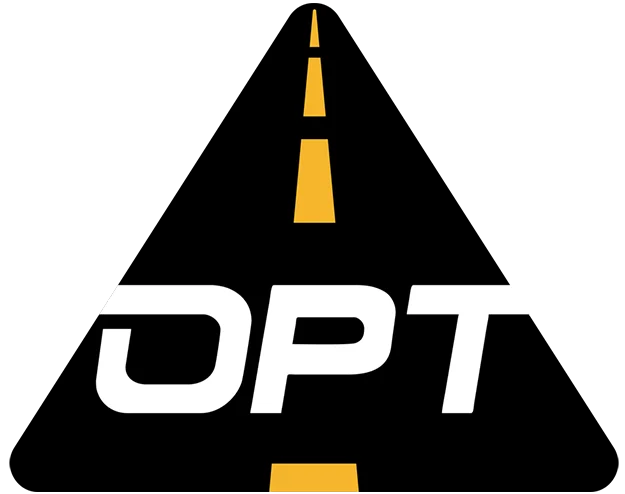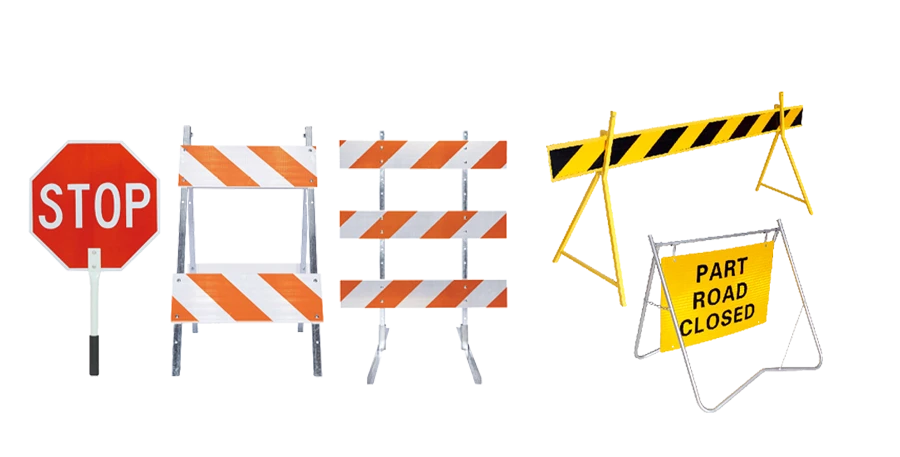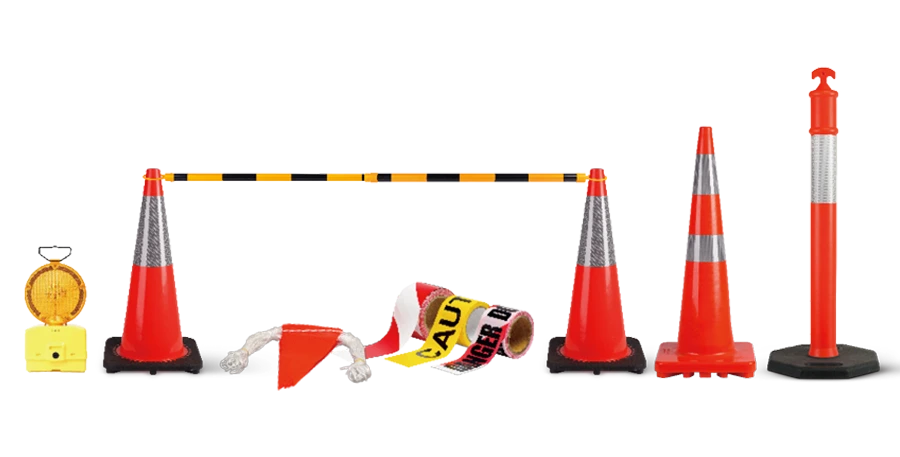Por que os sinais de segurança não são de tamanho único: Uma olhada nas diferenças culturais entre o Reino Unido e nós
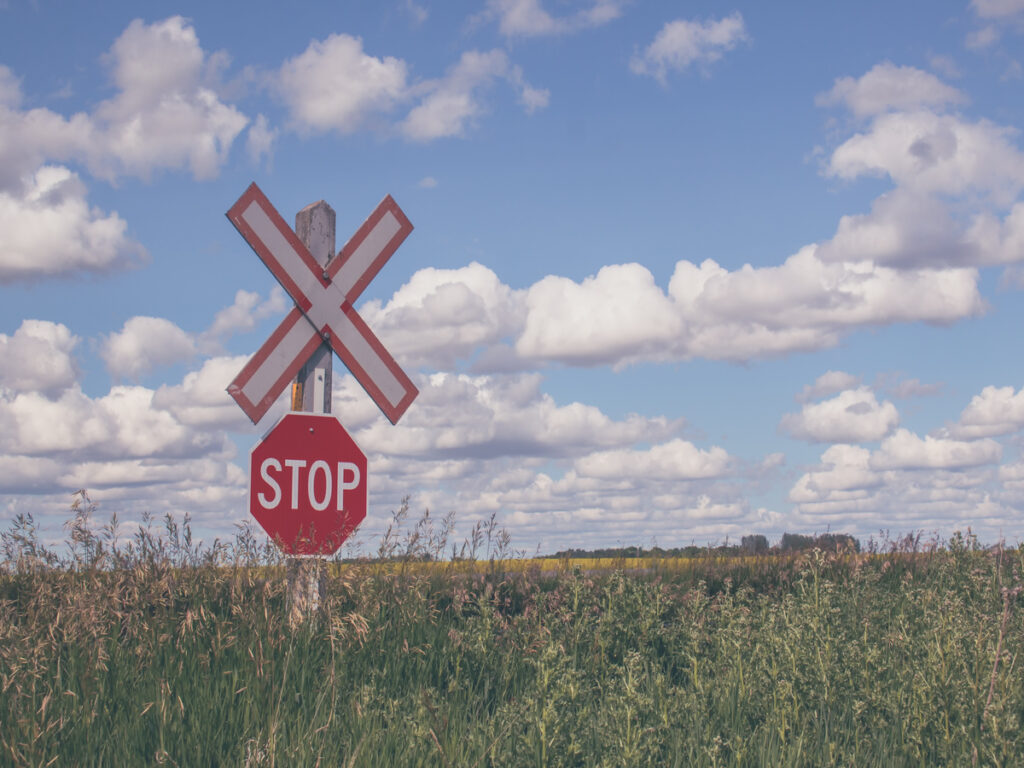
Os sinais de segurança são importantes para manter as pessoas seguras. Você pode encontrá -los em estradas, in workplaces, e áreas públicas. They are used to show dangers and give instructions. No entanto, these signs are not the same everywhere. What works in one place might not work in another due to cultural differences.
Você pode legalmente colocar seu próprio sinal de parada?
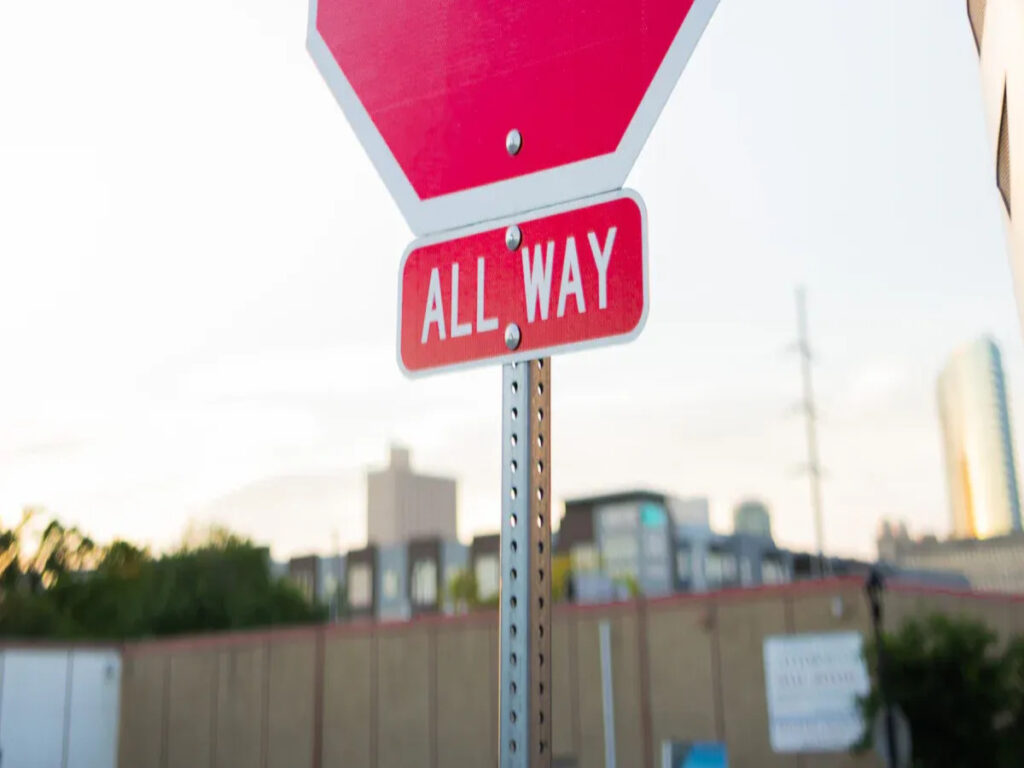
Installing metal stop signs on public roads is illegal and can lead to fines or accidents. Use them only on private property or consult local authorities.
Por que os cones de trânsito resistentes à chuva são essenciais durante a estação chuvosa do Japão
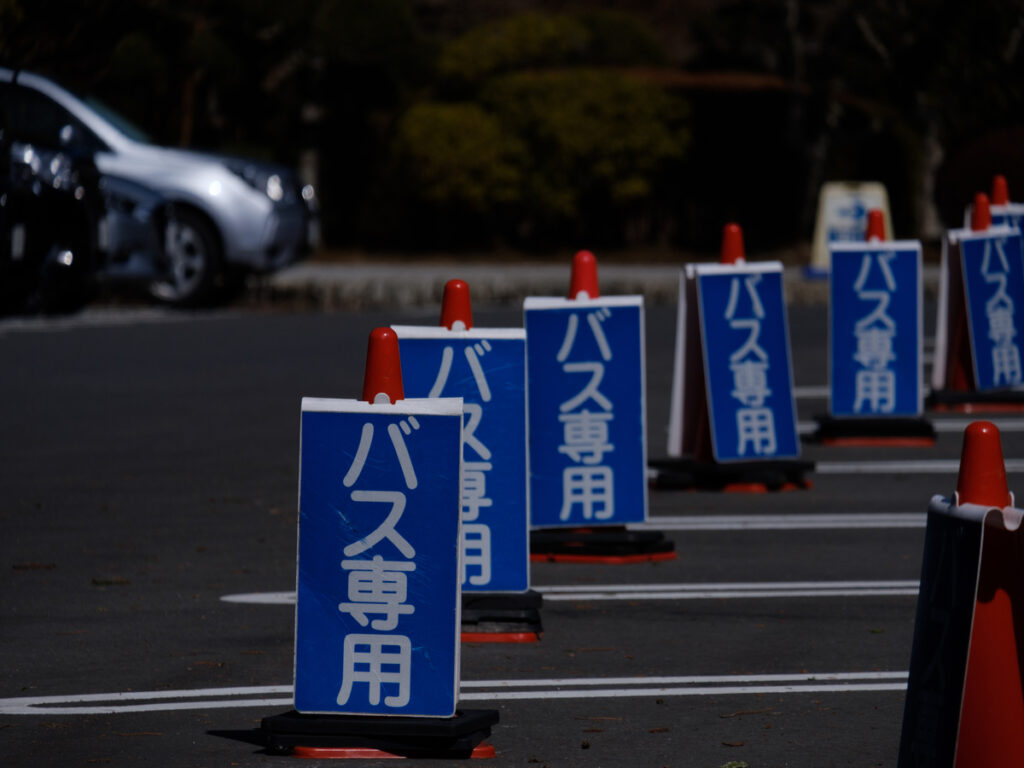
Estação chuvosa do Japão (Temporada chuvosa/Syu) torna as ruas escorregadias e perigosas. A chuva forte reduz a visibilidade, raises accident risks, and causes flooding. De 1985 para 2018, 70% of Japan’s disasters were from rain-related floods. This shows why safety steps are so important now. Traffic cones(三角コーン)act as the first line of defense. They guide cars and people away from danger zones. Suas cores brilhantes e tiras reflexivas facilitam a ver, even in dark, tempo chuvoso. Forte, rain-resistant designs keep them standing, no matter how windy or wet it gets. Whether marking flooded roads or emergency areas, these channelizer cones are key for safety.
Qual é a melhor espessura do metal para sinais?
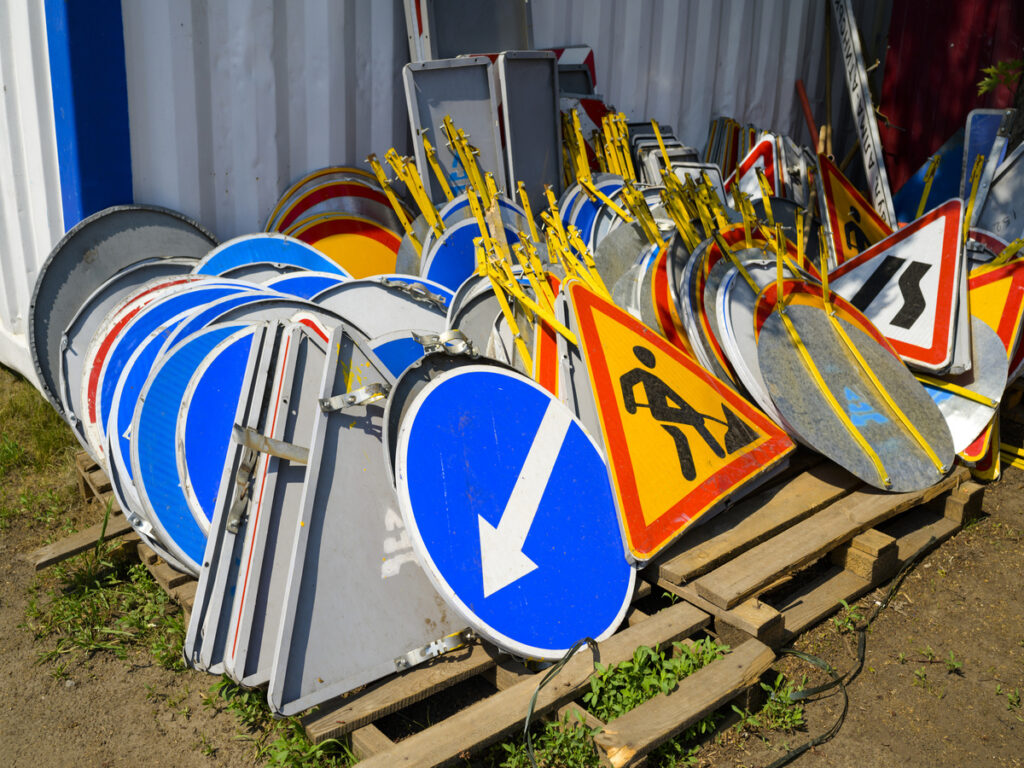
Ao escolher metal para sinais, A espessura é muito importante. You want the metal traffic signs to look good, último longo, and stay strong. Metal thickness is referred to as gauge. A lower gauge number means thicker and stronger metal. Por exemplo, .063-gauge aluminum is good for outdoor signs, while .125-gauge aluminum is better for tough weather like strong winds or impacts. Whether for metal traffic signs or indoor displays, the right thickness ensures durability, weatherproofing, and an appealing appearance.
